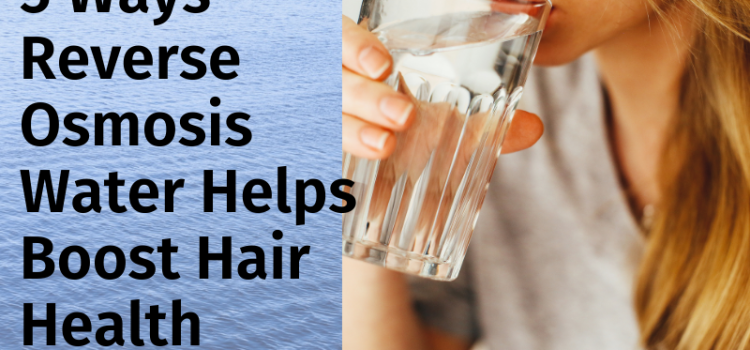By:Wilkinson, JL (Wilkinson, John L.)[ 1 ] ; Boxall, ABA (Boxall, Alistair B. A.)[ 1 ] ; Kolpin, DW (Kolpin, Dana W.)[ 2 ]
APPLIED SCIENCES-BASEL
Volume: 9
Issue: 7
Article Number: 1368
DOI: 10.3390/app9071368
Published: APR 1 2019
Document Type:Article
Much of the current understanding of pharmaceutical pollution in the aquatic environment is based on research conducted in Europe, North America and other select high-income nations. One reason for this geographic disparity of data globally is the high cost and analytical intensity of the research, limiting accessibility to necessary equipment. To reduce the impact of such disparities, we present a novel method to support large-scale monitoring campaigns of pharmaceuticals at different geographical scales. The approach employs the use of a miniaturised sampling and shipping approach with a high throughput and fully validated direct-injection High-Performance Liquid Chromatography-Tandem Mass Spectrometry method for the quantification of 61 active pharmaceutical ingredients (APIs) and their metabolites in tap, surface, wastewater treatment plant (WWTP) influent and WWTP effluent water collected globally. A 7-day simulated shipping and sample stability assessment was undertaken demonstrating no significant degradation over the 1-3 days which is typical for global express shipping. Linearity (r(2)) was consistently 0.93 (median = 0.99 +/- 0.02), relative standard deviation of intra- and inter-day repeatability and precision was <20% for 75% and 68% of the determinations made at three concentrations, respectively, and recovery from Liquid Chromatography Mass Spectrometry grade water, tap water, surface water and WWTP effluent were within an acceptable range of 60-130% for 87%, 76%, 77% and 63% of determination made at three concentrations respectively. Limits of detection and quantification were determined in all validated matrices and were consistently in the ng/L level needed for environmentally relevant API research. Independent validation of method results was obtained via an interlaboratory comparison of three surface-water samples and one WWTP effluent sample collected in North Liberty, Iowa (USA). Samples used for the interlaboratory validation were analysed at the University of York Centre of Excellence in Mass Spectrometry (York, UK) and the U.S. Geological Survey National Water Quality Laboratory in Denver (Colorado, USA). These results document the robustness of using this method on a global scale. Such application of this method would essentially eliminate the interlaboratory analytical variability typical of such large-scale datasets where multiple methods were used.
The post A Novel Method to Characterise Levels of Pharmaceutical Pollution in Large-Scale Aquatic Monitoring Campaigns appeared first on Facts About Water.
Source: Water Feed







